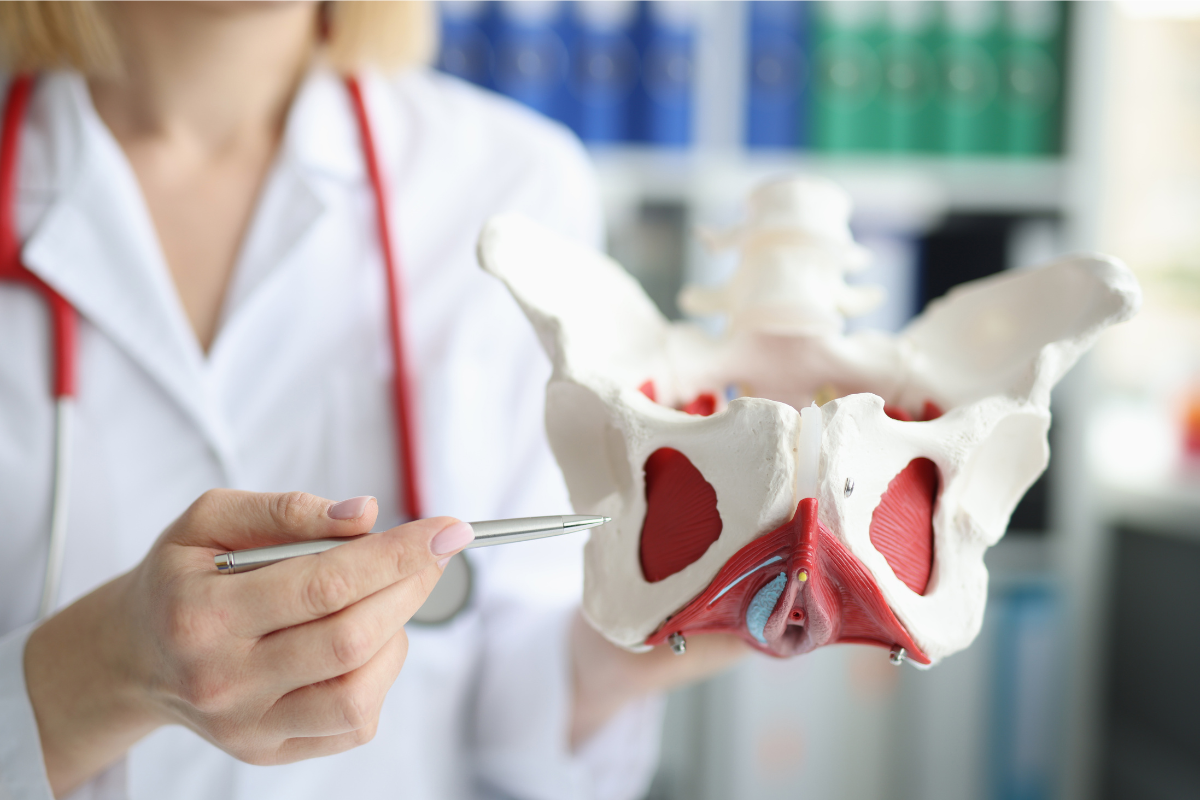The Impact of Diet on Bladder Health

Start With Water
Keeping your bladder happy and healthy starts with getting the right amount of hydration. While we get water from food, it’s important to consume sufficient amounts of water during the day.
The bladder holds urine, which is highly acidic. The lining of the bladder is physically protected from these contents by a protective mucus layer. However, the bladder is more likely to be irritated and signal to the brain that it wants to empty when its contents are more concentrated and more highly acidic.
Regularly drinking enough plain water is important to dilute the urine in the bladder and raise the threshold at which the bladder is triggered to empty.
It’s common for someone bothered by urinary urgency, frequency or leaking to restrict their water intake to try to reduce their symptoms. Ironically, this approach usually backfires by worsening those symptoms and dehydrating their body in the meantime.
In short—restricting your water intake is not a lasting solution for bladder symptoms. One of the first steps of treatment may actually be increasing it.
How Much Water Do You Need?
If your urine is darker than a light straw yellow, you need to increase your water intake.
Experts recommend that women consume 2.7 liters of water per day.
You still need to drink more than 2L of water each day after you subtract the approximately 20% that comes from food. Many people find that drinking more (3L or so) helps them feel their best.
2L ≈ 68oz ≈ 8.5 cups
You need more than 2L of water if:
- You’re exercising and sweating
- You’re in a hot and/or humid environment
- You’re sick (especially if you have vomiting or diarrhea)
- You’re managing a bladder infection or kidney stones
Bladder Irritants
Bladder irritants are foods and fluids that irritate the lining of the bladder. Most people find that consuming bladder irritants makes them feel like they need to pee more frequently and more urgently. Some people don’t enjoy drinking plain water, but relying too much on flavored or carbonated waters can compound bladder irritation.
Common bladder irritant drinks include:
- Caffeinated drinks (but decaf coffee and tea can also be irritating)
- Carbonated drinks
- Alcoholic drinks
- Many fruit and vegetable juices
Common bladder irritant foods include:
- Spicy foods
- Tomatoes
- Citrus
- Apples
- Cranberries
- Dairy
- Vinegar
- Artificial sweeteners like Stevia
Reducing your intake of bladder irritants can:
- Reduce frequent and/or strong urinary urge, and make it easier to retrain your bladder to a schedule that works better for you.
- Reduce stress or urge urinary incontinence.
- Reduce symptoms of bladder pain syndrome/interstitial cystitis
Most people do not have to give up all of these foods to find relief from their symptoms. Start with eliminating the bladder irritants that you most commonly consume, as those are likely to have the biggest effect.
If you want to add bladder irritants back into your diet, only reintroduce one per week in order to determine its effect on your symptoms.
Even if you choose not to eliminate bladder irritants, understanding how they affect your symptoms can help you regain a sense of control. Some choose to permanently or temporarily eliminate bladder irritants in order to reduce pain and/or urinary incontinence in tandem with other treatment approaches.
Sign up for more unique women’s health content
By submitting this form, you agree to the Lisa Health Privacy Policy and Terms of Use


